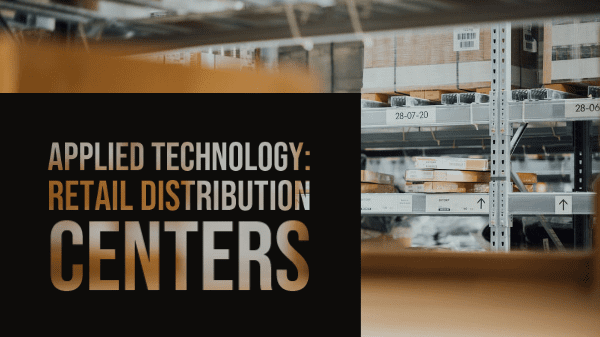Technology doesn’t stay on the cutting edge by standing still, and companies of all sizes have learned this lesson the hard way.
So as smaller companies struggle to keep up with the innovations implemented by larger rivals, forward-looking firms can often gain a competitive advantage by being early adopters.
Data monitoring, task automation, cold chain improvements, and smart buildings go hand in hand with efficient energy use, vendor compliance programs, improved inventory management, and the ability to predict consumer demand and alter shipment schedules accordingly.
Product data monitoring is essential to all of these goals, and the produce industry has largely embraced the Produce Traceability Initiative (PTI) as a framework. However, while blockchain is the sexy technology on everyone’s lips, Minos Athanassiadis, business area director for HarvestMark, BB #:311190 a division of Trimble, Inc., is quick to note it isn’t the only game in town.
“Several retailers have recently announced that they’re expecting their produce suppliers to comply with PTI and mark cases with labels providing traceability to the farm-lot level and these labels are foundational to any traceability system,” he says.
“What’s interesting,” Athanssiadis continues, “is that even though Walmart and its blockchain initiative have been getting a lot of press, a number of other retailers are pursuing traceability solutions using existing, proven technologies which have simply become less expensive since their introduction.
“These technologies include HarvestMark SaaS lot-level traceability, which uses EDI and GS1 protocols and is significantly less costly to the grower and shipper than blockchain schemes,” he adds.
While robotics is generally accepted to be a key component in building the retail distribution centers of the future, anyone expecting RDCs to be filled with mechanical servo-arms and drones buzzing overhead may be surprised to learn that of all facilities owned by the nation’s biggest retailers, only 8 percent are automated, with over 80 percent operating entirely manually.
Retailers looking to boost automation should be aware that robots need brains as well as brawn—the data, sensors, and processing that lets the technology stack put those arms and drones to work.
Many companies are focusing on upgrades to their warehouse management and control systems software before making expenditures on automation.
This is multi-part feature on retail distribution centers adapted from the January/February 2020 issue of Produce Blueprints.



